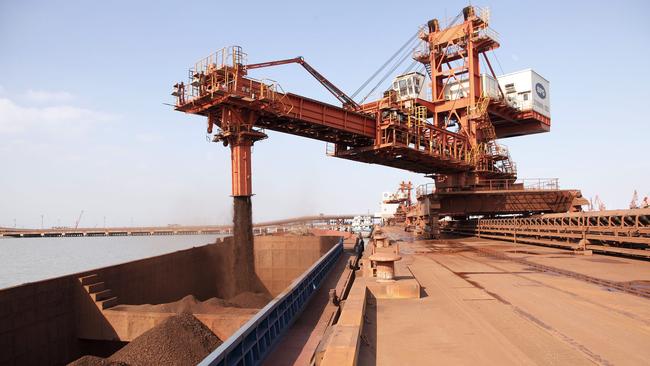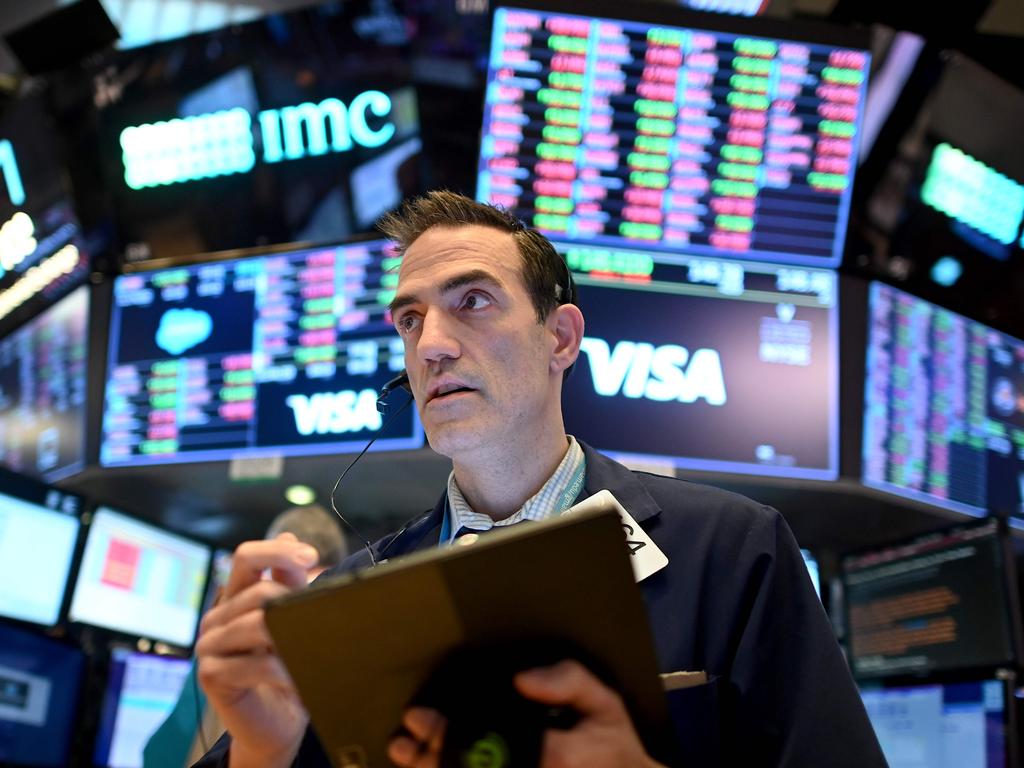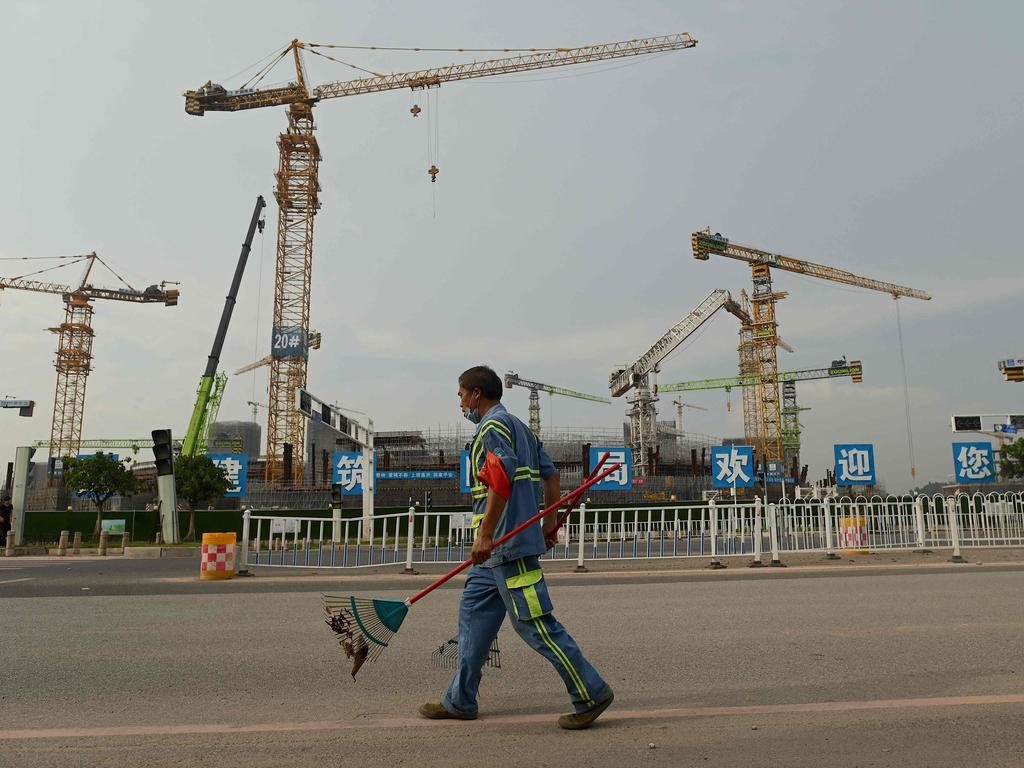Rebound in iron ore prices unlikely to last
After losing more than half its value in the past two months as China capped steel output, iron ore futures rose from a 12-month low on Monday to a five-day high.

Iron ore prices and the Australian sharemarket rose as embattled China Evergrande made tentative progress on debt repayments and the People’s Bank of China soothed concern about the nation’s biggest property developer by flooding its financial system with liquidity.
After losing more than half its value in the past two months as China enforced a policy of capping 2021 steel output at its 2020 level to curb pollution, iron ore futures rose from a 12-month low of $US90 a tonne on Monday to a five-day high of $US111.95 as a unit of Evergrande reached agreement with bond holders on one of two of its interest payments due Thursday.
Iron ore futures were trading around $US109.50 late Thursday in Singapore.
Australia’s sharemarket rose for a third day, with the ASX 200 up 1 per cent to a three-day high close of 7370.2 points, but iron ore miners mostly lagged amid lingering uncertainty.
Evergrande shares closed up 18 per cent in Hong Kong after rising as much as 32 per cent following Wednesday’s announcement from its onshore property unit that the issue for its 5.8 per cent 2025 bond “has been resolved via negotiations off the clearing house”.
Evergrande didn’t say how much of a 232m yuan ($50m) interest would be paid or when.
It owed a total of $US669m in interest due to be paid in the rest of this year. That included a $US83.5m coupon payment on a US dollar bond due on Thursday, albeit that had a 30-day grace period before a missed payment would be in default.
“While the announcement provided some relief, it’s still not clear how China Evergrande will pay other bond payments due today and on September 29,” said CBA mining and energy commodities analyst, Vivek Dhar.
In a press conference following the US Federal Open Market Committee meeting, Fed chair Jerome Powell played down the risk of market contagion from concern about the ability of Evergrande to service its $US305bn in debt, but he conceded that it could affect confidence globally.
“The Evergrande situation seems very particular to China, which has very high debt for an emerging economy,” he said. “The big Chinese banks aren’t tremendously exposed, but you worry it would affect financial conditions through global confidence and that kind of thing.”
China’s central bank was taking no chances, injecting the most short-term liquidity in eight months. The PBoC added 110 billion yuan of cash with seven and 14-day reverse repurchase agreements on Thursday, its biggest addition via open-market operations since late January.
Barring additional fallout from the Evergrande crisis or further cuts to China’s steel production, Mr Dhar expected support from restocking before China’s National Day holidays next month.
“The price increase was attributed to restocking demand in China ahead of the National Day holidays,” he said. “Pent‑up demand was likely at play too as market participants returned after the Mid‑Autumn Festival holiday this week.”
Mr Dhar predicted China’s property construction will weaken due to Evergrande default risk.
“If a default were to occur, it would lead to an even more aggressive fall in China’s property construction activity,” he said. “Property accounts for 25-30 per cent of China’s steel demand.”
But concern about less demand for steel was evidently being offset by less supply. Steel rebar futures are now just 2 per cent below peaks reached in May.
“The rise in steel rebar futures highlights that China’s steel production cuts are having an outsized impact on China’s steel market,” Mr Dhar said. “These cuts remain the key risk to further drops in iron ore prices.”
China’s goal of capping steel output at its 2020 level implied it needed to cut crude output by 12.1 per cent from September to December. Since it started enforcing the policy, its steel output fell 8.4 per cent year on year in July and 13.2 per cent in August.
“The rise in steel prices, particularly to levels close to the May peak, does raise concerns that policymakers may look to relax steel output cuts,” Mr Dhar said.
China clamped down on speculation in commodity markets in May to reduce prices as Beijing was concerned that would translate through to higher consumer prices.
Mr Dhar said with steel demand from property construction likely to worsen and policymakers still keen to cut output, it was hard to see iron ore prices staying above $US100 a tonne for very long.
“We forecast iron ore prices falling gradually to $US65 a tonne by early 2024, but given the policy objectives of China, we may get there a lot sooner than that. Where China goes on steel production cuts remains the key risk to iron ore prices.”








To join the conversation, please log in. Don't have an account? Register
Join the conversation, you are commenting as Logout